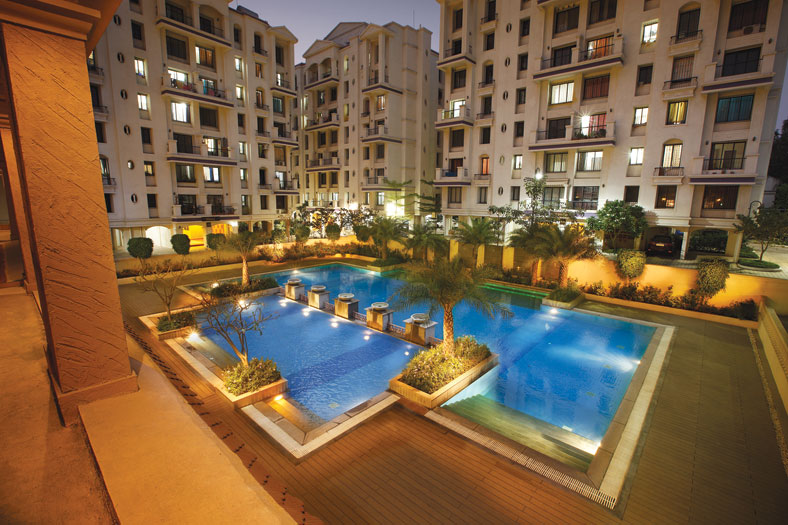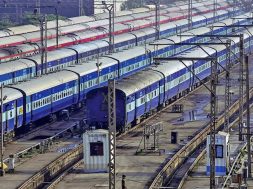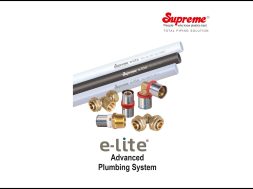Making construction economical with formwork

The formwork turns out to be economical if large numbers of reuses are made in construction.
From cutting-edge building technologies to innovative construction methods and better decision-making systems, projects are getting smarter. Given the rapid development of emerging construction opportunities, owners should demand faster projects, lower costs and better buildings.
Sharing about technology that is transforming the construction industry Shailesh Puranik, Managing Director, Puranik Builders says, “Some of the major trends in 2016 which did and will improve construction projects in future are Detailed 3D Building Information Modelling (BIM) modelling, cost and schedule modelling with 5D Macro-BIM, pre-fabrication, energy-saving building systems , enhanced job site safety, 3D Printing in construction, Unmanned Aerial Vehicles (UAVs), robotic automation, integrated mobile technology and information on job sites and smart buildings.”
Key trends;
Detailed 3D BIM modelling
Architectural models have changed. Instead of 2D drawings, 3D computer designs using BIM are becoming the standard, providing owners better visualisations. Today, these are no longer limited to architectural models but also models of specific building systems. Subcontractors’ design consultants use BIM to model structural engineering, mechanical, electrical and plumbing systems, ductwork, steel work and more. Combined with clash detection programs, designers can ensure no systems interfere with each other, preventing field coordination problems before they arise on the job site.
Cost and schedule modelling with 5D Macro-BIM
More and more design firms are adopting 5D Macro-BIM at the earliest stages of design. These models show owners how early design concepts affect cost, schedule and constructability, allowing them to evaluate large-scale options and make informed decisions. These pre-construction designs used to be little more than napkin sketches; now they’ll be far more scientific and complete as the industry adopts 5D Macro BIM technology.
Pre-fabrication
Owners are increasingly realising value as construction firms pre-fabricate building elements off-site. Instead of sequentially constructing facilities, contractors are starting to deliver multiple project elements at the same time to streamline schedules. While subcontractors pre-fabricate walls off-site, a contractor pours the foundation. With some of the most technical work performed off-site, in a more controlled environment, safety is improved, too. Combining pre-fabrication with 3D BIM, project teams avoid potential conflicts regarding the use of building space, and owners observe a safer, faster, less expensive project.
Energy-saving building systems
Design and construction firms are increasingly bringing energy-efficiency analysis into the early design and construction process. Builders, owners and architects have increasing opportunities to model how different energy-efficient solutions affect a build. With the use of life cycle cost analysis and Sustainable Return on Investment (SROI) reports, owners can make informed decisions to achieve a higher ROI and overall building value with green construction.
Breakthrough technology of 2016
When asked about the breakthrough technology on 2016 Puranik said, “Formwork is best described as a structure which is usually temporary but can be whole or partly permanent, it is used to contain poured concrete to mould it into required dimensions and support until it is able to support itself.”
He adds, “Forms made from aluminium are in many respects similar to those made of steel. However, because of their lower density, aluminium forms are lighter than steel forms, and this is their primary advantage when compared to steel. As the strength of aluminium in handling tension and compression is less than the strength of steel, it is necessary to use large sections. The formwork turns out to be economical if large numbers of reuses are made in construction. The major disadvantage of aluminium forms is that no changes can be made once the formwork is fabricated.”
In addition, the company has adopted this technology in its various projects like Rumah Bali, Tokyo Bay, Puranik City and other high rise buildings.
Cookie Consent
We use cookies to personalize your experience. By continuing to visit this website you agree to our Terms & Conditions, Privacy Policy and Cookie Policy.









